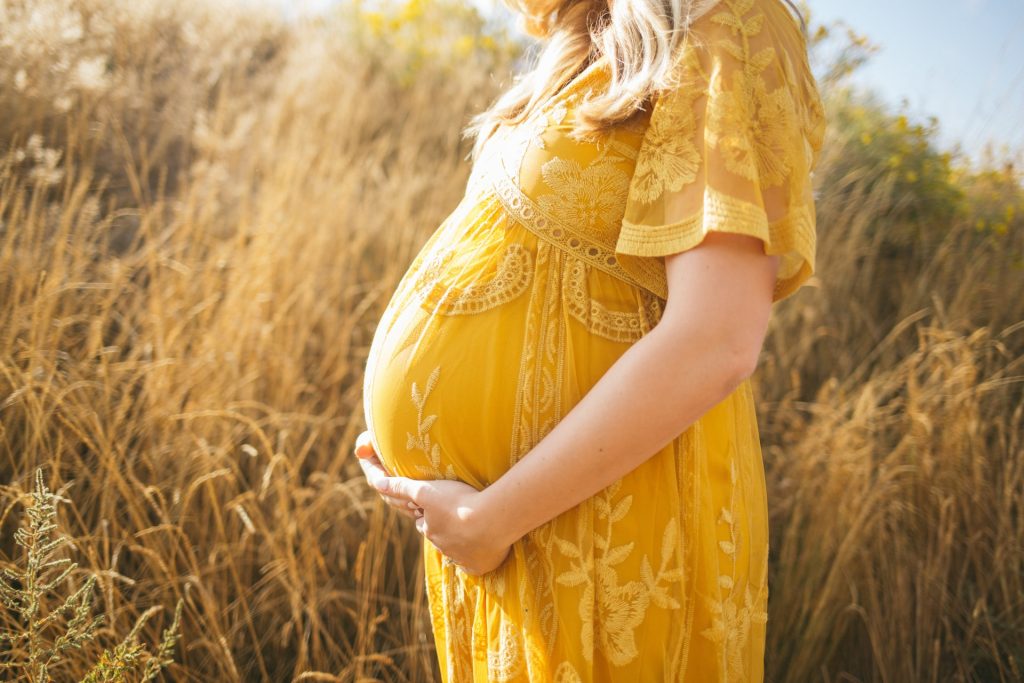Pesticide Use Within 500m of Pregnant Women Linked to Stillbirth Risk

Living less than 500m from pesticide use prior to conception and during early pregnancy could increase the risk of stillbirths, according to new research published in the American Journal of Epidemiology.
Researchers from the University of Arizona found that during a 90-day pre-conception window and the first trimester of pregnancy, select pesticides, including organophosphates as a class, were associated with stillbirth.
“In this study, some specific ingredients stood out due to their significant associations with stillbirth risk,” said first author Melissa Furlong, PhD, who studies the chronic health effects of environmental contaminants as an assistant professor and environmental epidemiologist at the Zuckerman College of Public Health. “These findings underscore the importance of considering individual pesticides rather than just the overall pesticide class, as specific chemical compounds may pose unique risks. It also highlights the potential for pre-pregnancy exposures to affect reproductive outcomes.”
To conduct the study, researchers linked Arizona pesticide use records for 27 different pesticides with state birth certificate data that included 1 237 750 births and 2290 stillbirths from 2006 to 2020.
They found that living within 500m of specific pyrethroid, organophosphate or carbamate pesticide applications during a 90-day pre-conception window or the first trimester was associated with an increased risk of stillbirth.
Specifically, the pesticides cyfluthrin, zeta-cypermethrin, organophosphates as a class, malathion, carbaryl and propamocarb hydrochloride were linked to increased stillborn births pre-conception. During the first trimester, fenpropathrin, permethrin, organophosphates as a class, acephate and formetanate hydrochloride were associated with stillbirths.
“Among organophosphates, acephate showed the strongest effect estimates on stillbirth, so that exposure to acephate in the first trimester was associated with a doubling of risk,” said co-author Paloma Beamer, PhD, a professor and interim associate dean at the Zuckerman College of Public Health. “Within the pyrethroid class, cyfluthrin exposure during the 90 days prior to conception almost doubled the risk of stillbirth.”
Pesticides are chemical substances used to control pests in various settings. They are commonly categorized into different classes, such as organophosphates, pyrethroids and carbamates. The primary route of exposure for most people is through diet, but household use, agricultural drift and occupational exposure are also significant pathways.
Researchers say while some pesticides may not have been directly implicated in this study, they could still pose risks to maternal and foetal health.
Pregnant women may be particularly vulnerable to the adverse effects of pesticide exposure due to physiological changes during pregnancy, such as increased metabolic rate, altered hormone levels and changes in the immune system. The developing foetus may be more susceptible to the toxic effects of pesticides during this period of rapid growth and development.
“Further research is essential to fully understand the safety profiles of various pesticides and to understand the underlying mechanisms of pesticide-induced stillbirth,” Furlong said. “This study underscores the need to develop strategies for mitigating exposure to protect maternal and foetal health.”


